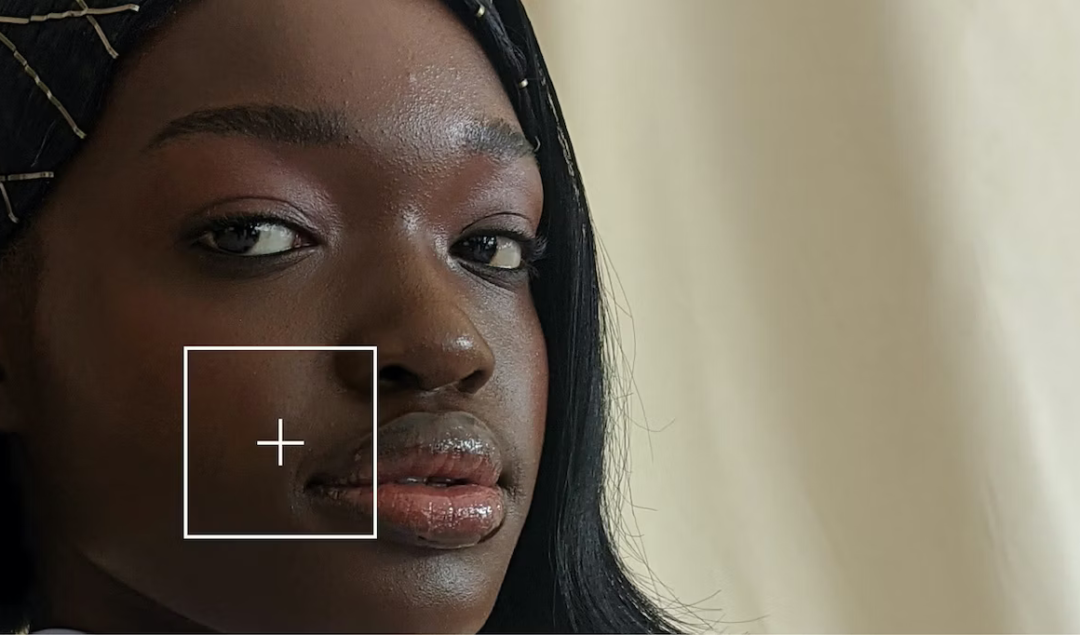Google Is Trying To Improve How AI Represents Diverse Skin Tones – Here’s How

Google’s Product Inclusion and Equity Team, led by Dominique Mungin, is working to ensure that the next generation of AI-driven image generation and recognition technologies does not perpetuate societal biases.
Mungin, who has been at Google for 13 years, has worked on projects like the Monk Skin Tone Scale and Google’s Real Tone Tech. Now, her team has collaborated with Tonl, a stock photography company, to supply more diverse imagery for training machine learning models.
In an interview with Tech Brew, Mungin admitted that skin tone challenges persist. An entire subfield of AI is currently devoted to understanding and rectifying how the biases of AI’s creators and society play out in the technology, including Google.
Advancing inclusivity with The Monk Skin Tone Scale
Diverse imagery for training machine learning is needed for inclusivity and to avoid complications when using machine learning models. If the data isn’t diverse and equitable, its output won’t be diverse or equitable.
Last year, Google announced it was releasing a new skin tone scale designed to be more inclusive of the full spectrum of skin tones, based on research by Harvard Professor and sociologist Dr Ellis Monk.
Monk spent over a decade researching skin tone and the effects of colorism in society. He designed the Monk Skin Tone Scale to represent a broader range of communities.
“Google Research looked at and found that this particular scale was more useful for machine learning purposes, with participants finding it both more representative than the six-point scale and more inclusive,” said Mungin.
The Monk Skin Tone Scale has 10-shades and was aimed to be more advanced than the Fitzpatrick phototype – a six-shade scale based on skin pigmentation and the skin’s reaction to sun exposure. It was integrated throughout Google’s products as it moved forward.
Collaborating with Tonl for Diversity in Training Data
Mugin explained that one of the newer things her team has done is the Monk Skin Tone examples dataset.
The dataset was created in partnership with Tonl, and it seeks to share with the community and other organizations ways to help train annotators.
This would ensure that AI models can be more representative and understand the diversity of skin tones.
Mungin addressed that challenges such as finding imagery and videos while ensuring they’re globally representative are still apparent.
“As technology evolves, the type of datasets you need will also continually evolve,” she said. “So from basic photos and images to video to unknown, unseen technology next, the datasets will continue to evolve with them.”



